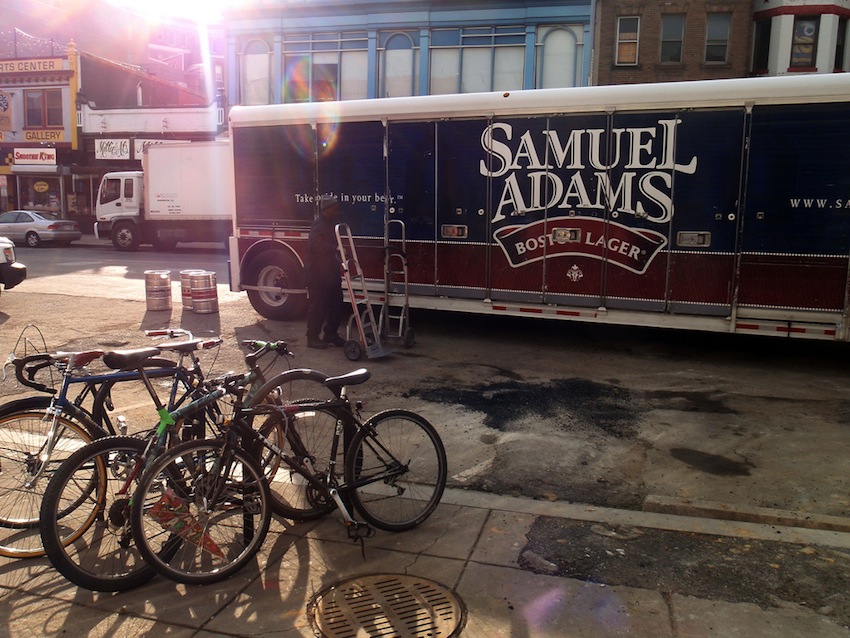Taking Sides Was Good Business for Sam Adams

Sam Adams image by Daquella manera on Flickr
As soon as Club Café and other gay organizations put pressure on Sam Adams to abandon its sponsorship of the South Boston St. Patrick’s Day Parade, the beer brand was in a bit of a rock and a hard place: Remain a sponsor and face retribution from the gay community. Pull out, and face retribution from those who support the right to exclude LGBT groups from marching. What’s a business that wants to please everybody to do?
Sam Adams, like its namesake, didn’t shy away from politics. Joining Guinness and Heineken at New York’s parade, they sided with the LGBT groups. Perhaps they were simply trying to avoid association with a controversy, but in veering from the course, they were doing just the opposite: renewing the story and giving themselves a central place in it. And, indeed, retribution has come, with a promise from the conservative Catholic League’s Bill Donohue to boycott:
I have had my last Guinness and Sam Adams. Heineken was always slop, so there is no sacrifice there. I urge Catholics, and all those who believe in tolerance, diversity, and the First Amendment, to join with me in boycotting these brews.
Perhaps Sam Adams made its choice based on political conviction. But if we follow the adage that all press is good press, taking the course that involved taking a stand seems like a good business decision, too. Had Sam Adams quietly remained a sponsor, their name would have made far fewer national headlines. Sure, they would have reaped whatever brand rewards come from sponsoring a local parade and staying on the Catholic League’s good side, but that doesn’t get you press mentions in every major media outlet in the country, conservative and liberal alike. Ford Motors remained a major sponsor of New York’s parade, and saw themselves more of a footnote than a headline for it.
BostInno published data from local social media analytics company Crimson Hexagon that shows the boost Sam Adams got on Twitter from the furor. Much of the social media conversation reflected positively on Sam Adams. The brand saw a huge boost in engagement and a rise in followers. Long after any boycott peters out—and it will die out—they’ll still have those followers and the increased reach it brings them.
They’re not the first brand to take sides and reap social media rewards for it. In 2012, for instance, Oreo released an image of a rainbow colored cookie on their Facebook to show support for gay marriage. They were denounced in the usual places, which only helped send the image even more viral. Years later, we imagine there aren’t too many offended moms left boycotting the Oreo brand, but those Facebook followers they gained are forever. (Sort of. Once “liked,” a lot of inertia must be overcome for a user to “unlike” a page.) All of this suggests that in many cases, the best thing for a business caught up in controversy can do—even when the controversy cuts across political lines—is to take a side on an issue.


